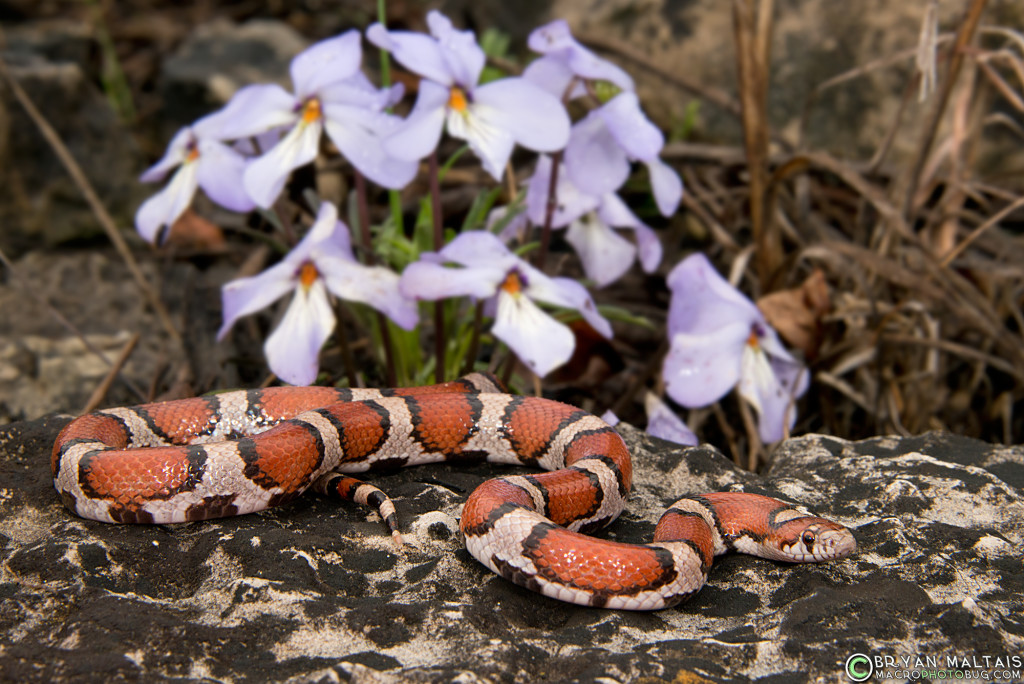 I try to make it back home to Missouri once a year to visit family and go herping. Missouri is great for herping because it has around 114 species of reptiles and amphibians, and many spots with multiple habitats in one area. I find it fascinating that there are places in Missouri where you can find Scorpions, Tarantulas, Rattlesnakes, Treefrogs and Salamanders all in one spot. In Colorado where I live now, I’m used to rigorous landscape shoots that entail getting up hours before sunrise and hiking several miles above 10,000 ft to reach my target by sunrise. The type of photography I do in Missouri is much different. I may only cover an acre in a whole day as I slowly scan every patch of ground for life, and stop to listen every few meters. This method is very rewarding and has sent me home with memory cards full of cool animals that I otherwise would have walked right past. It’s peaceful and cathartic, and does for me what meditating must do for others. Exploring a wild section of Oak Hickory forest and turning up new species that I haven’t found before is much like a treasure hunt.
I try to make it back home to Missouri once a year to visit family and go herping. Missouri is great for herping because it has around 114 species of reptiles and amphibians, and many spots with multiple habitats in one area. I find it fascinating that there are places in Missouri where you can find Scorpions, Tarantulas, Rattlesnakes, Treefrogs and Salamanders all in one spot. In Colorado where I live now, I’m used to rigorous landscape shoots that entail getting up hours before sunrise and hiking several miles above 10,000 ft to reach my target by sunrise. The type of photography I do in Missouri is much different. I may only cover an acre in a whole day as I slowly scan every patch of ground for life, and stop to listen every few meters. This method is very rewarding and has sent me home with memory cards full of cool animals that I otherwise would have walked right past. It’s peaceful and cathartic, and does for me what meditating must do for others. Exploring a wild section of Oak Hickory forest and turning up new species that I haven’t found before is much like a treasure hunt.
On my last herp trip I walked out of the forest onto a Limestone glade and sat down to listen for a moment. I heard a rustle in the leaves. It was a Speckled Kingsnake who’d just caught a mouse and was constricting it. After noticing me, he dragged his mouse down its own hole and swallowed it. As I sat there motionless, birds began landing in the branches around me and I could observe them up close. A Cricket Frog even began calling a few feet in front of me from a tiny trickle coming out of the ground. When I walked further, I heard a “Hssssssssss” and knew right away that somewhere in the grass I’d scared a box turtle into its shell. They hiss when they exhale quickly to pull themselves inside their shell. It turned out to be an old male with beautiful red eyes and orange markings on his throat.
I generally go herping in Missouri in April, May or October. In April it’s still cool enough that Salamanders are at the surface. Reptiles are beginning to stir and still easy to approach. In April you’re more likely to encounter early breeding amphibians like Spring Peepers, Leopard Frogs, American Toads and Chorus Frogs. Going through the forest is easy because the leaves and undergrowth haven’t thickened yet, and Ticks and Chiggers are minimal.
In May, spring is in its full glory with wildflowers exploding. The warmth has brought all of the herps out of hibernation, but also made them harder to approach. The early breeders are mostly done and harder to find, but this is when Treefrogs breed.
Summer herping in Missouri boarders on futile. The salamanders and other amphibians have been driven underground into estivation by the heat. Invigorated by the heat, most lizards and snakes are difficult to get close to. Of course, this is the season for road cruising at night. Missouri’s heat and humidity are so oppressive that I don’t last very long in the sun. In Summer, brushing against grass as you walk can leave you crawling with Ticks and Chiggers. Ticks are repulsive disease carrying vampires, and the never-ending painful itching from thousands of Chigger bites can drive a man temporarily insane.
October is much like April. The amphibians have emerged from estivation and can be found again, and the cool nights make the reptiles a little easier to approach.
The purpose of this blog is to share my photos and spread knowledge about these animals, but not to give advice on where to find them. I won’t give info on where to go herping because unfortunately people have proven too irresponsible. The easy to get to sites have been wrecked by people who flip rocks and don’t put them back in place. They’re are littered with upside down white rocks, which should be dark and covered with moss. When a rock is flipped and not put back, the ground beneath it is left exposed and that micro-habitat destroyed. All of the insects, worms, scorpions, spiders, and herps that were living underneath become evicted. The animals must expend energy looking for a new home, and the less mobile ones simply die in the sun. Worse than rock-flipping, over collection by pet hobbyists has reduced wild populations of some species. It’s bad when people want to use Nature, but not respect it.
These photos are from a few trips back to Missouri in recent years to the same area. Most of my herp photo collection from around the state is on print film from my 20’s.
- Male Three-toed Box Turtle (Terrapene carolina triunguis)
- Eastern Yellow-bellied Racer (Coluber constrictor flaviventris). Among the fastest and most aggressive snakes if cornered.
- Prairie Ring-Necked Snake (Diadophis punctatus arnyi) by far the snake that I encounter most. This photo doesn’t do this snake justice. It’s ventrum is vivid orange and red, aposomatic coloration to disuade predators.
- American Toad (Anaxyrus americanus) a common toad whose breeding call is a trill throughout April and May.
- This Wolf Spider dropped her egg sack while I was trying to photograph her. When I rolled it back in front of her she snatched it up like a good mum. 20 handheld stacked images.
- Lined Snake (Tropidoclonion lineatum)
- Speckled Kingsnake (Lampropeltis getula holbrooki)
- Striped Scorpion (Centruroides vittatus). When wrapping my fingers around a rock to lift it I accidentally pressed on a Striped Scorpion and found out that the venomous sting is painful, but not dangerous.
- Prairie Lizard (Sceloporus consobrinus). Males have turqoise ventrums during the breeding season.
- The harmless, docile Red Milk Snake (Lampropeltis triangulum syspila) has Batesian mimicry for the venomous Coral Snake
- Western Worm Snake (Carphophis vermis)
- A mama Wolf Spider with her egg sack.
- The Spring Peeper (Pseudacris crucifer), though extremely common, and heard loudly from nearly any body of water in Spring, this miniscule Treefrog is rarely actually seen.
- 13-year Periodical Cicada. In 2011 billions emerged across the American midwest.
- Green Frog (Lithobates clamitans)
- This Green Frog rests in an ephemeral pool with a clutch of Salamander eggs.
- A juvenile Three-toed Box Turtle.
- Northern Cricket Frogs (Acris crepitans) tend to be very common around limestone streams.
- Cave Salamander (Eurycea lucifuga), prevalent, but hard to find.
- The Ground Skink (Scincella lateralis) is tiny and extremely common in wild places.
- This is the Eft (terrestrial stage) of the Estern Newt (Notophthalmus viridescens louisianensis). Adults have flattened tails for swimming and live in fishless ponds.
- The Rough Earth Snake (Virginia striatula)
- Western Slimy Salamander (Plethodon albagula). When picked up, their slime is like glue.
- Missouri Tarantula (Aphonopelma hentzi)
- Six-lined Racerunner (Aspidoscelis sexlineatus). They live in burrows they dig beneath rocks. When warmed up in the open Racerunners are impossibly fast.
- The Small-mouthed Salamander (Ambystoma texanum)

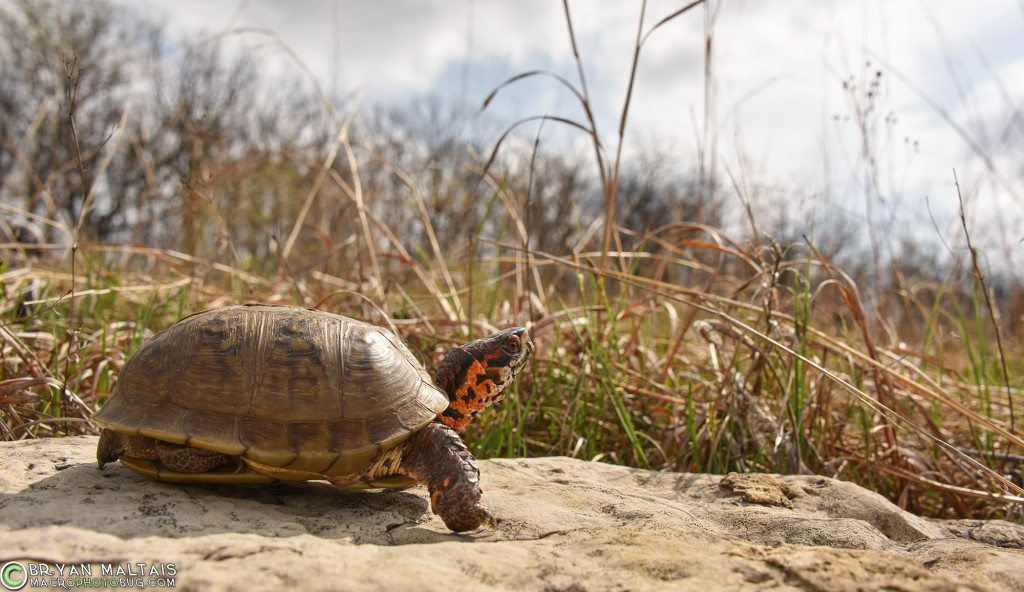
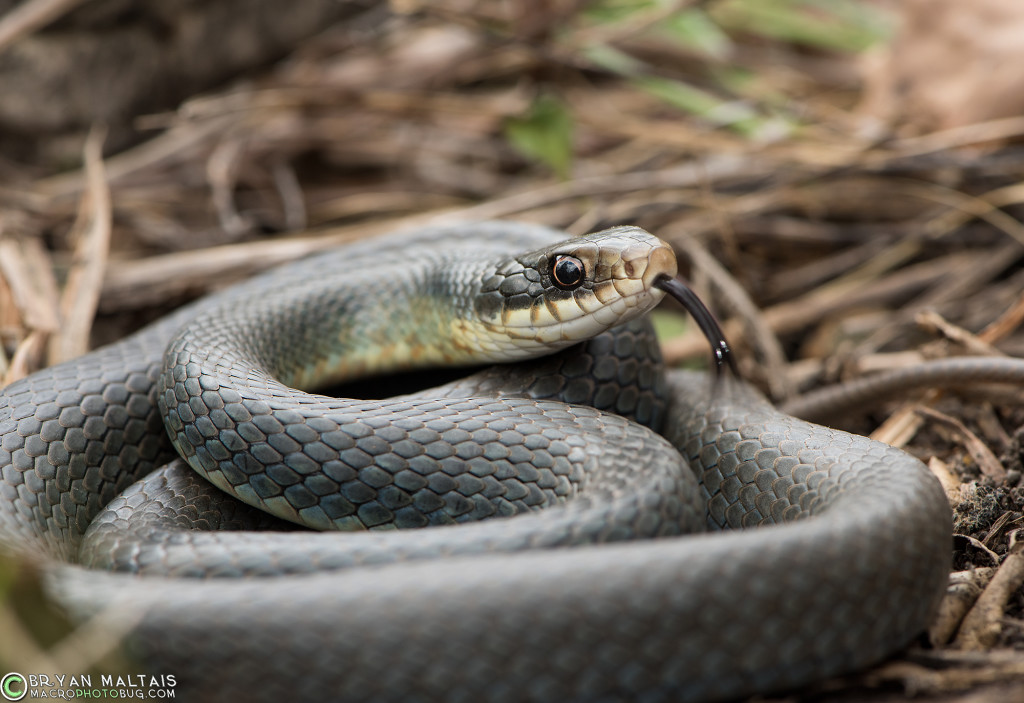
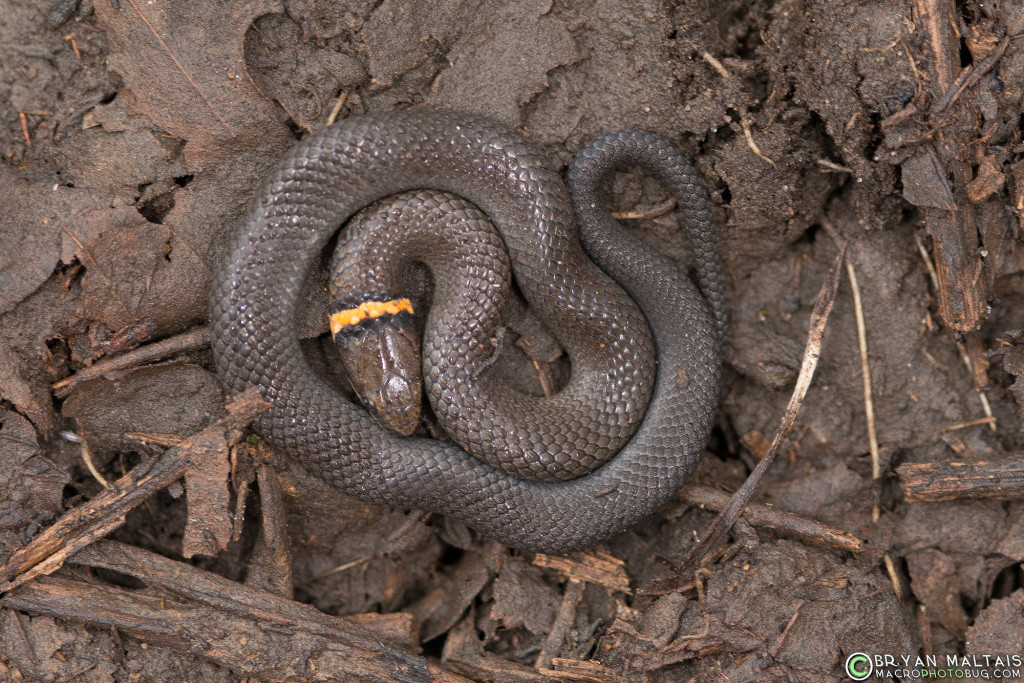
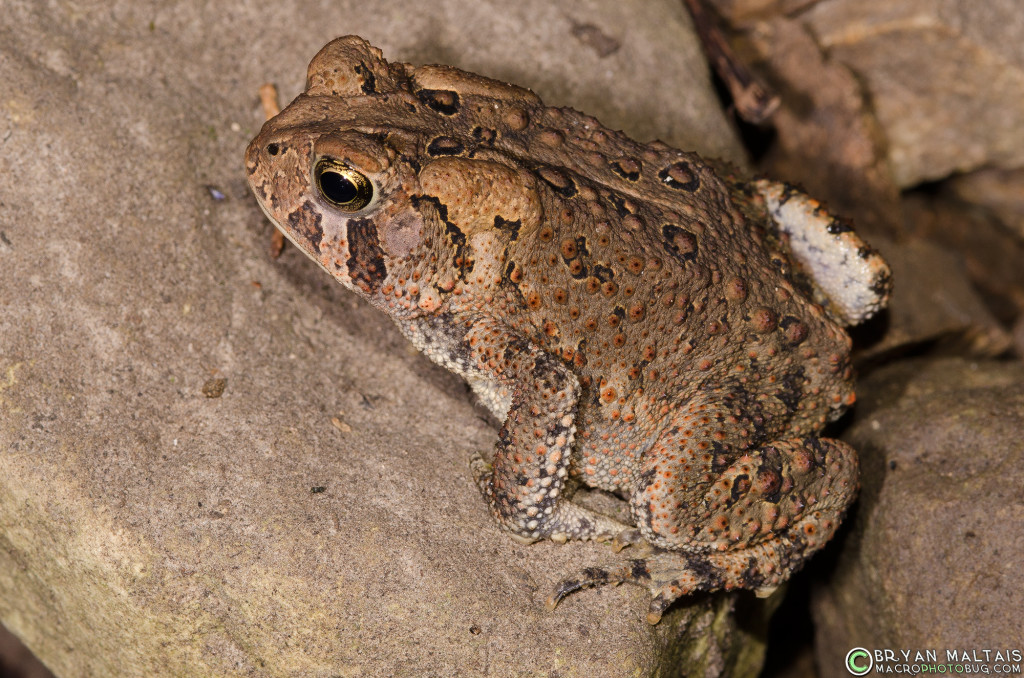
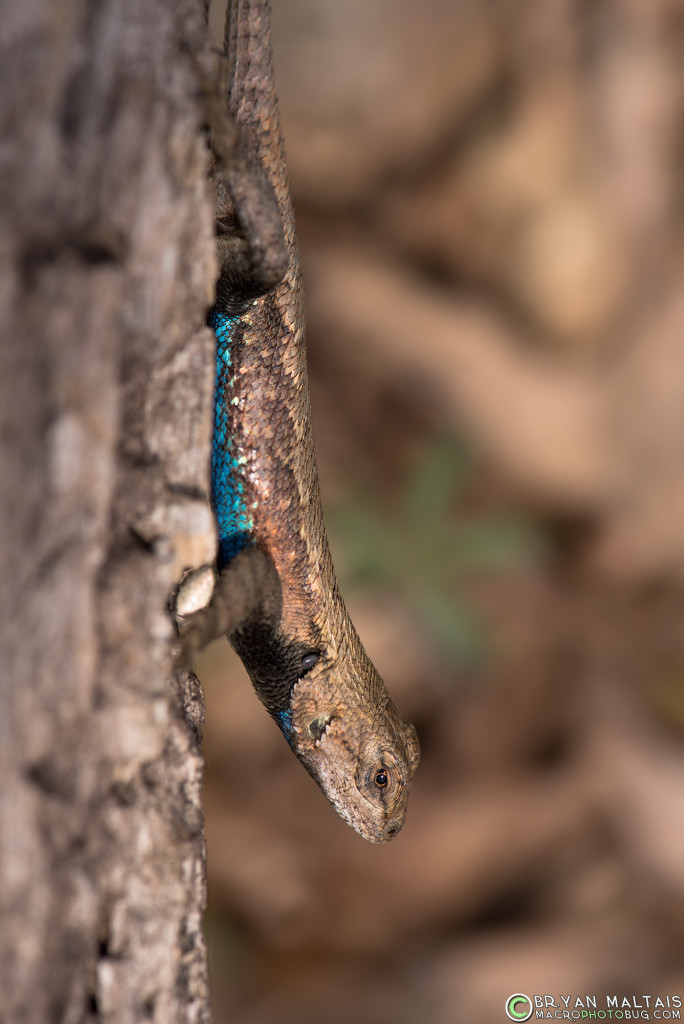
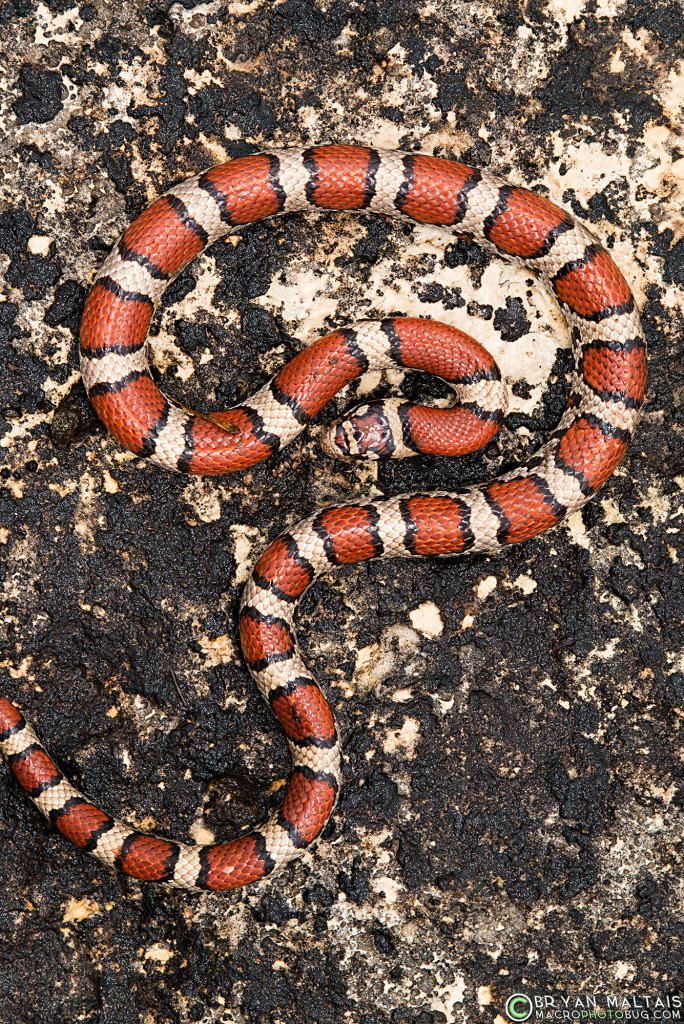
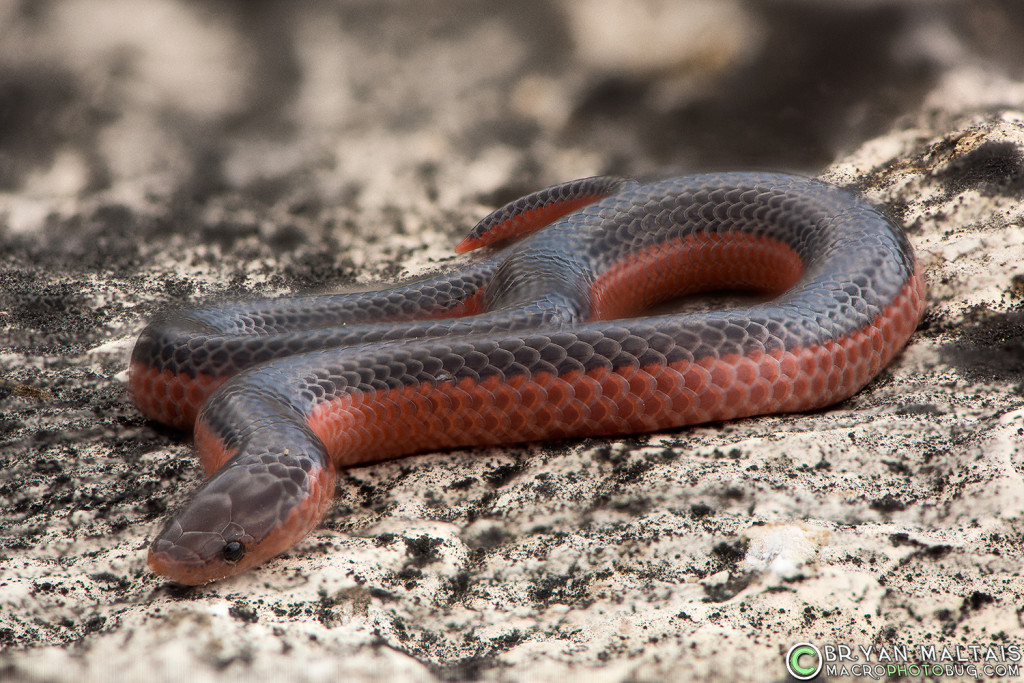
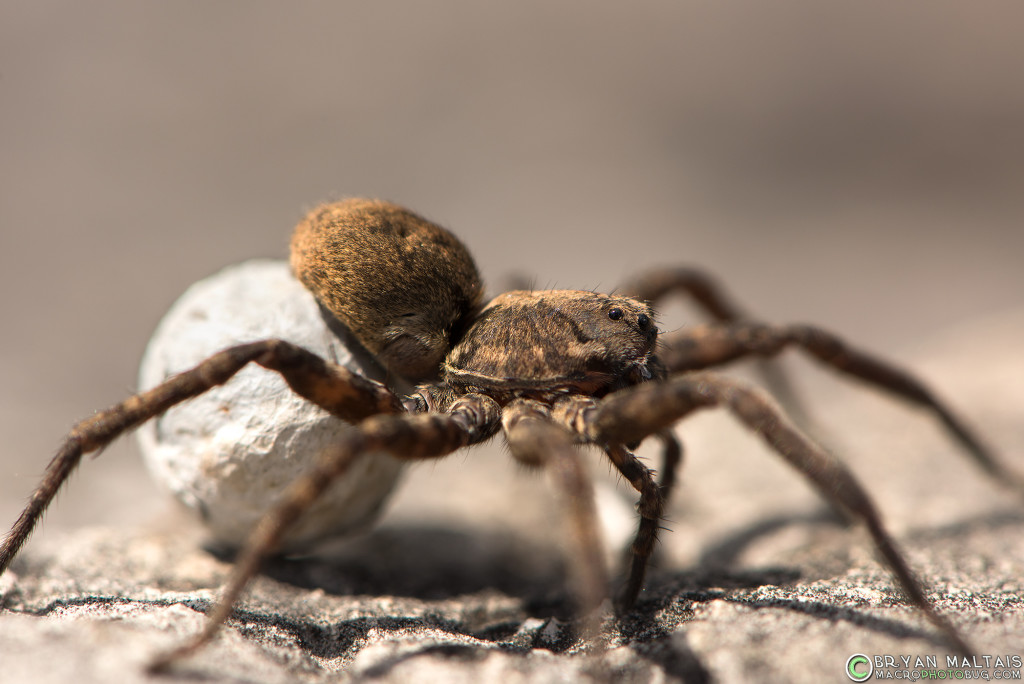
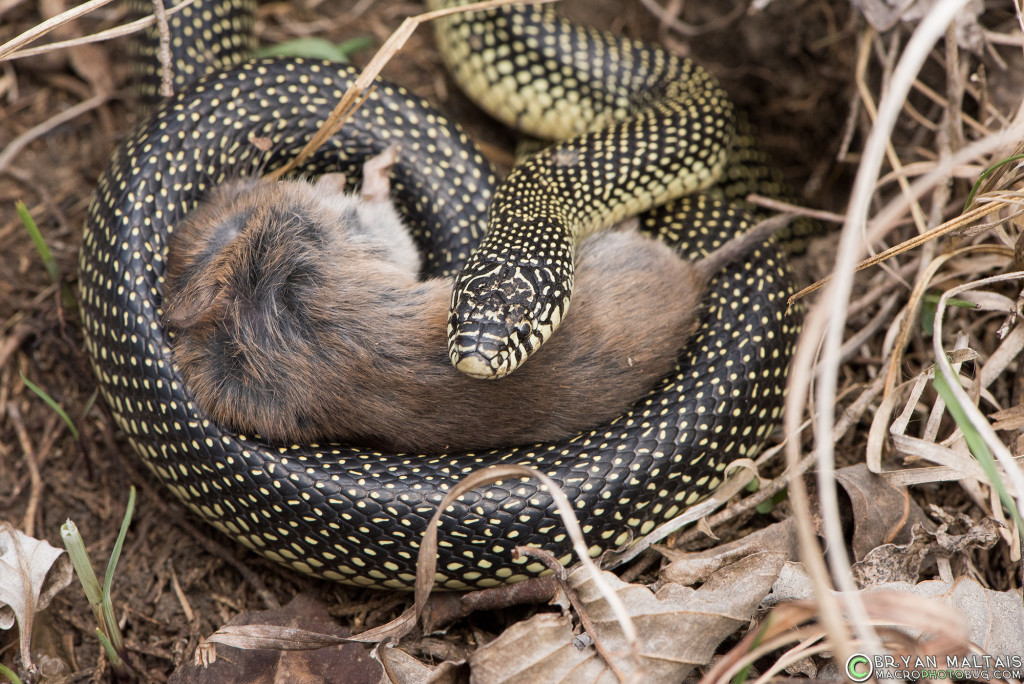
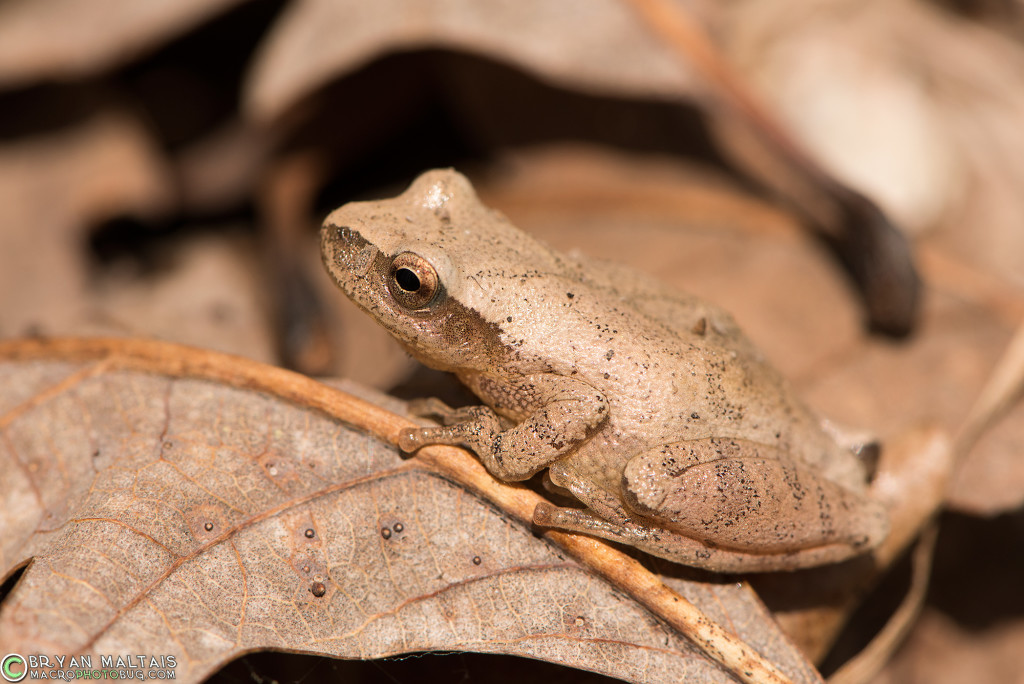
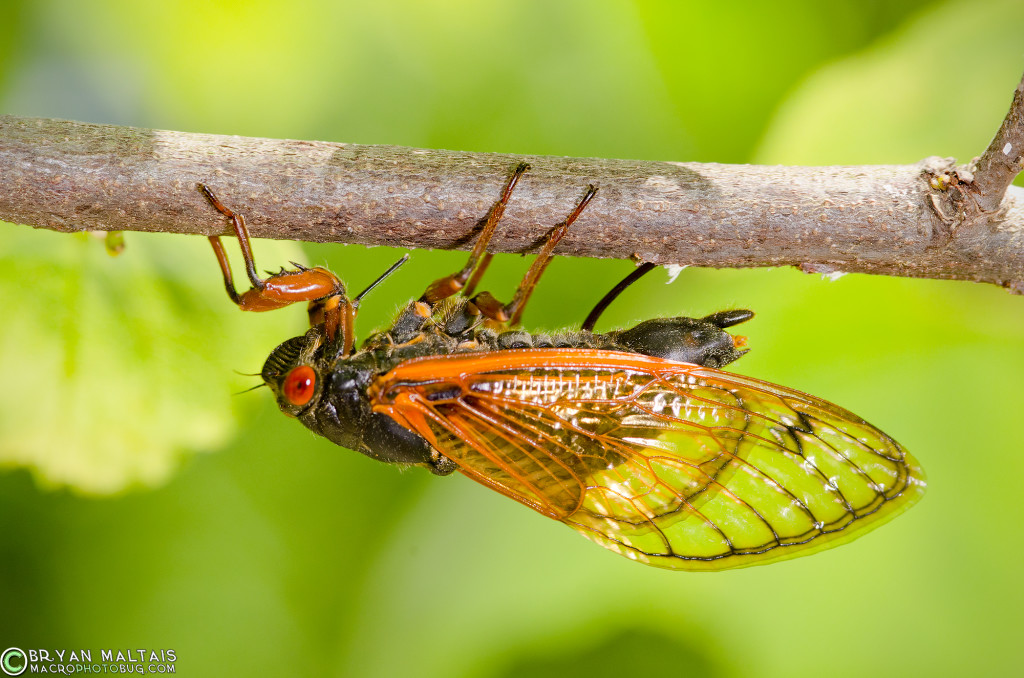
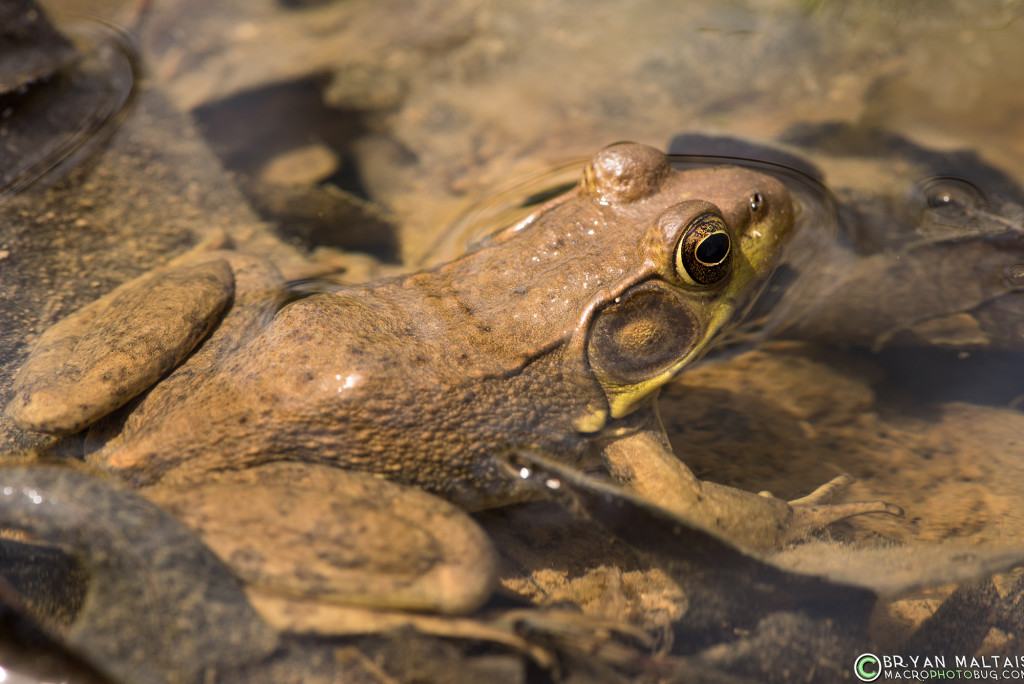
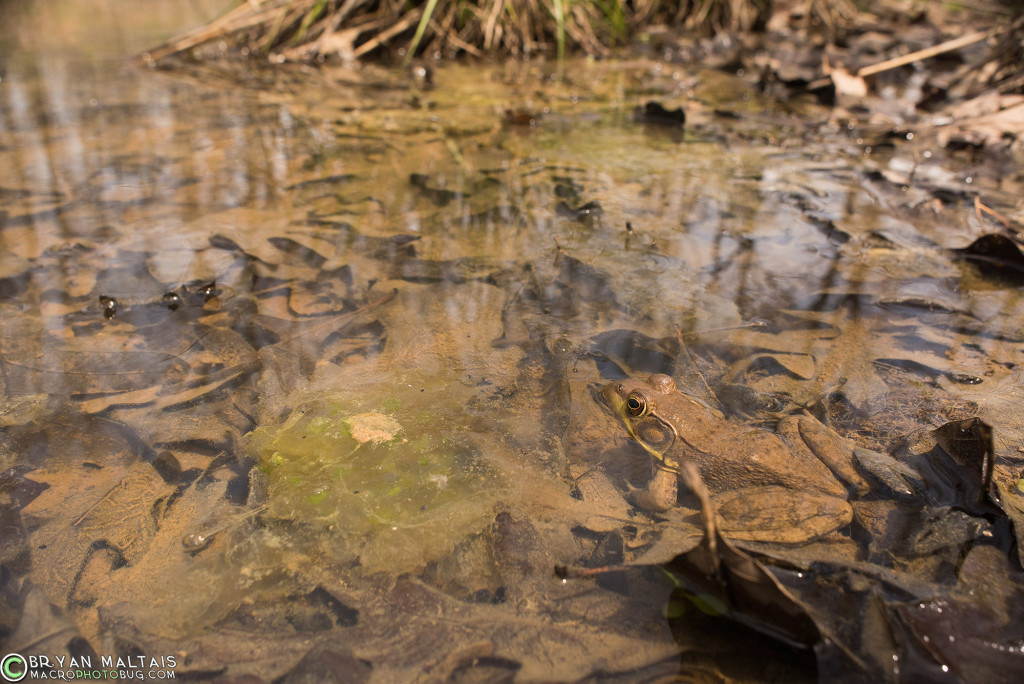
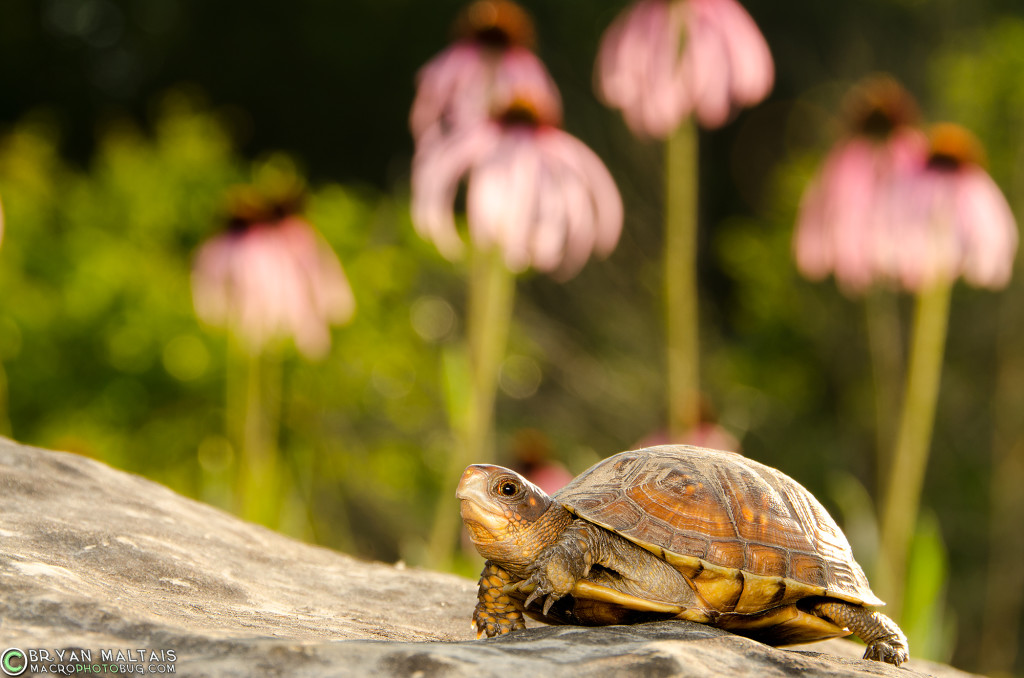
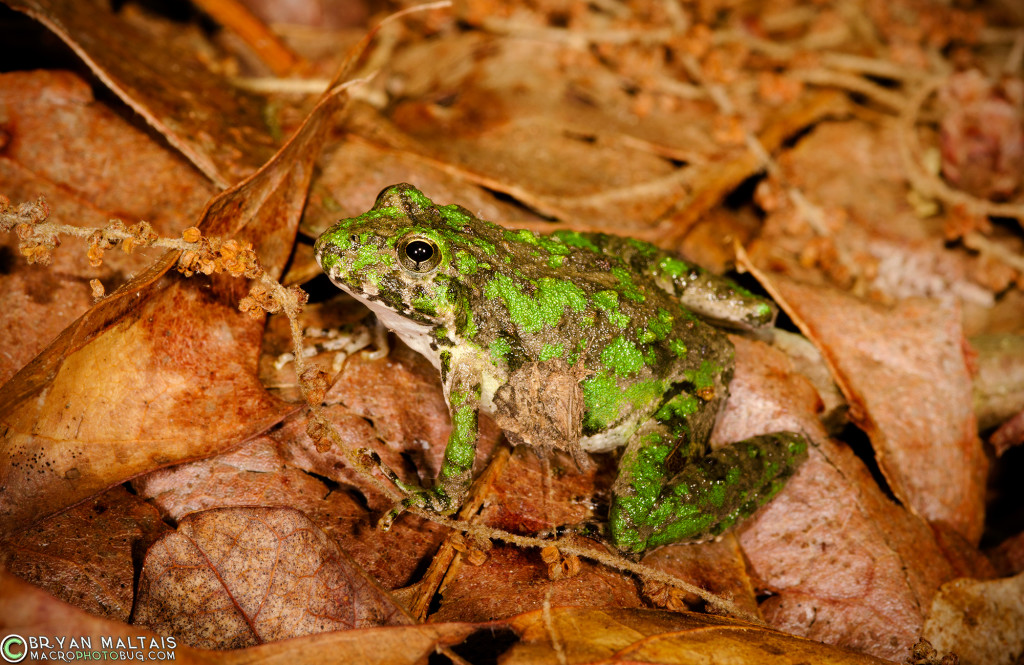
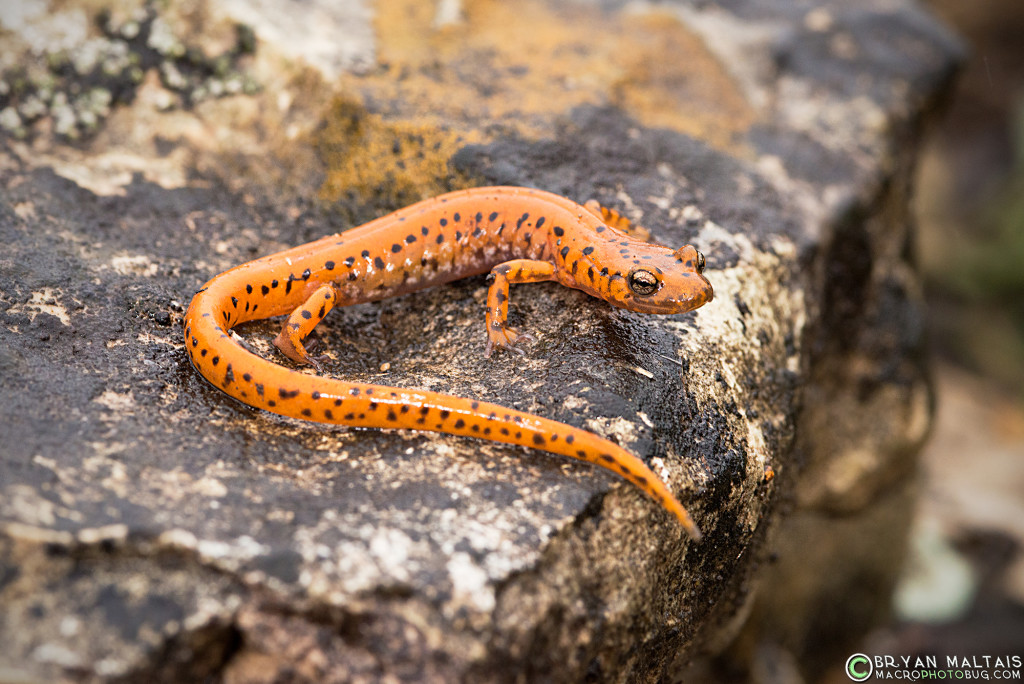
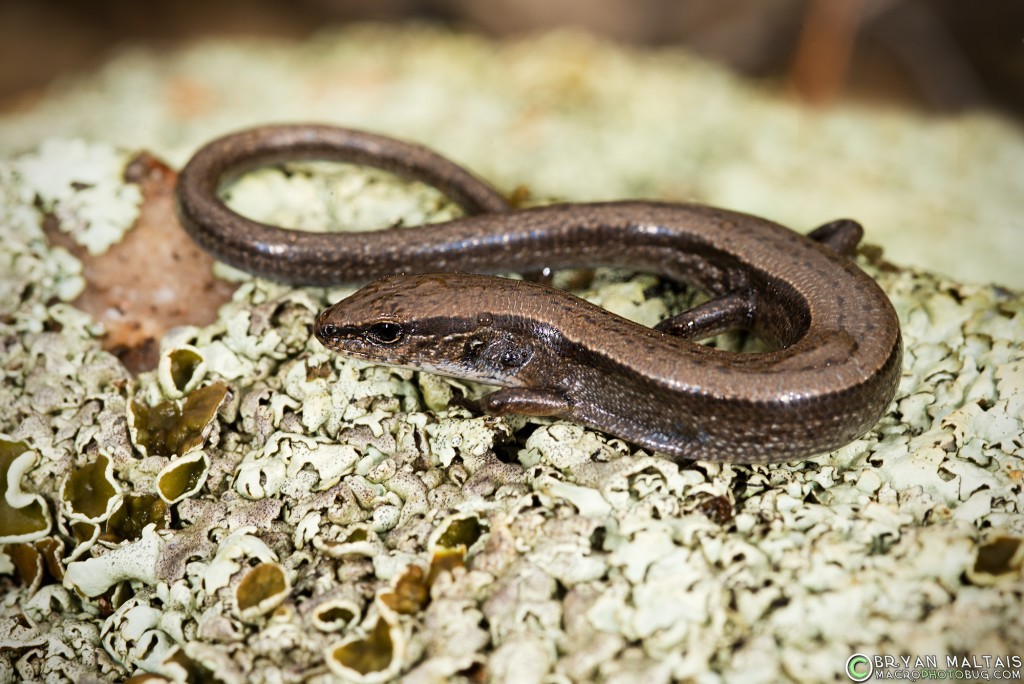
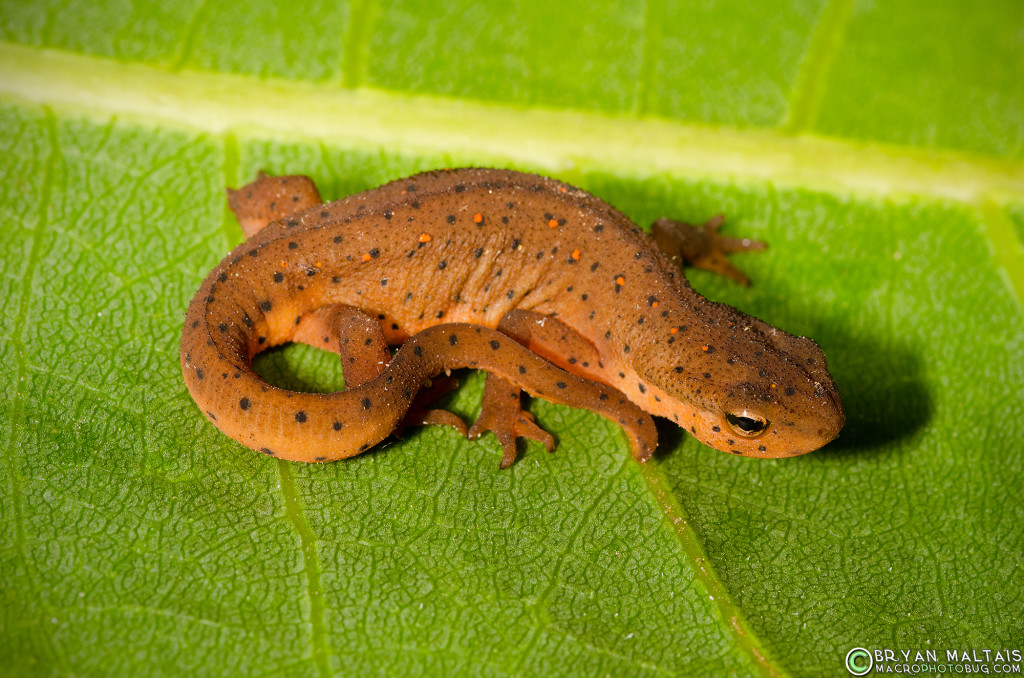
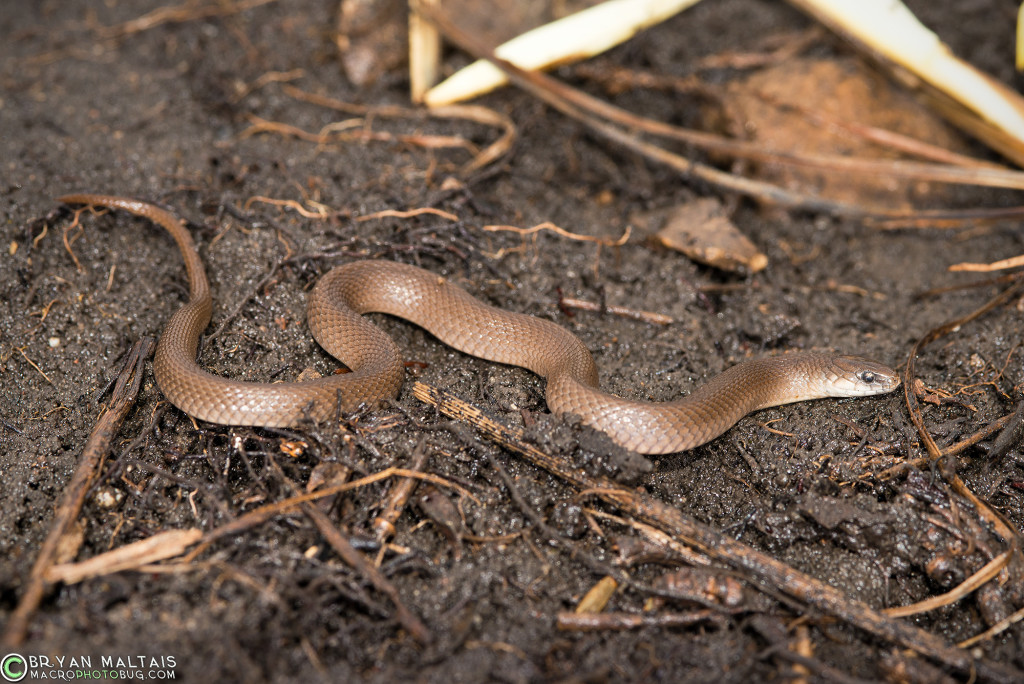
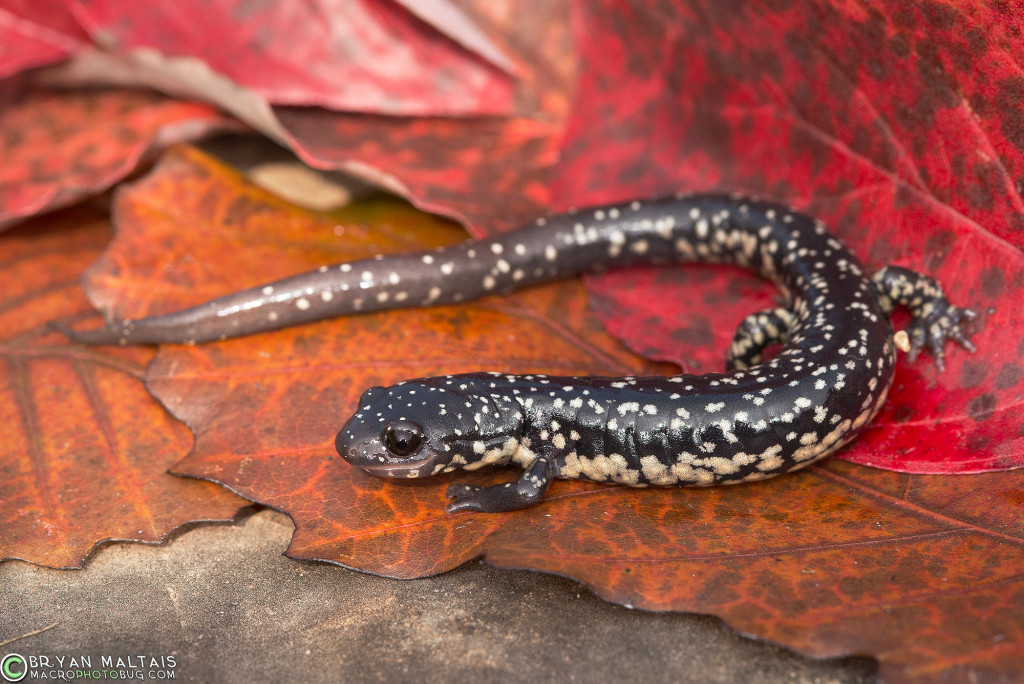
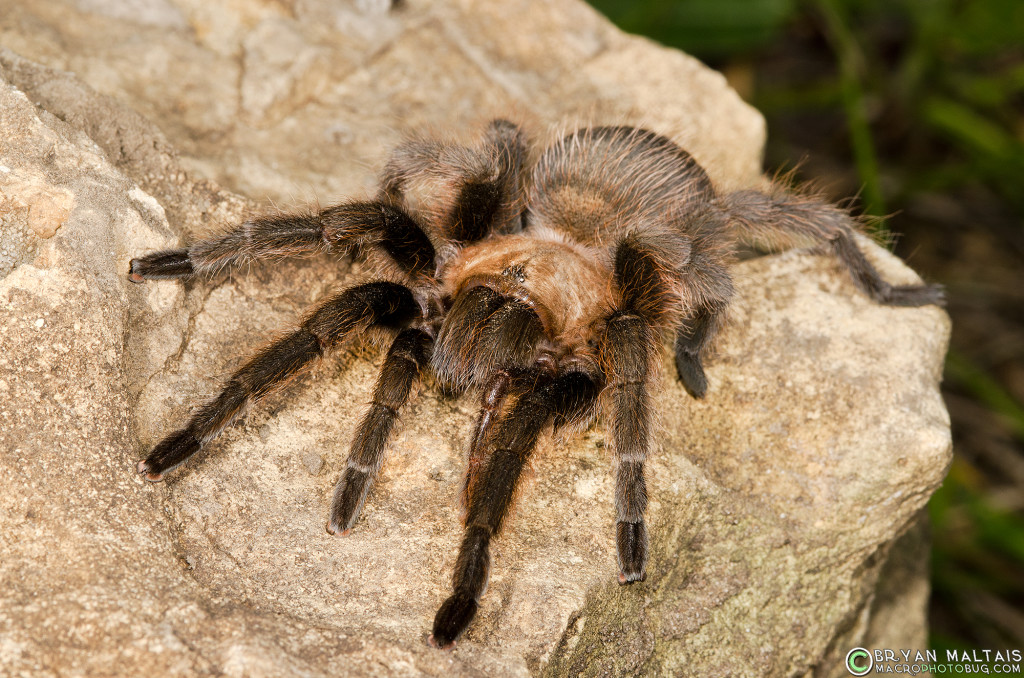
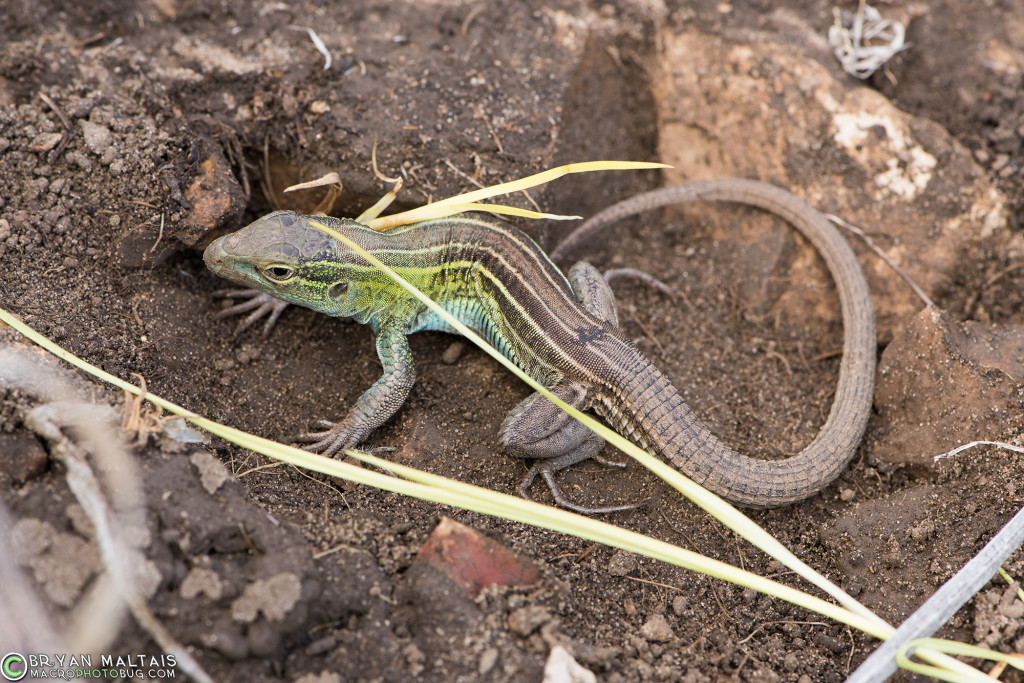
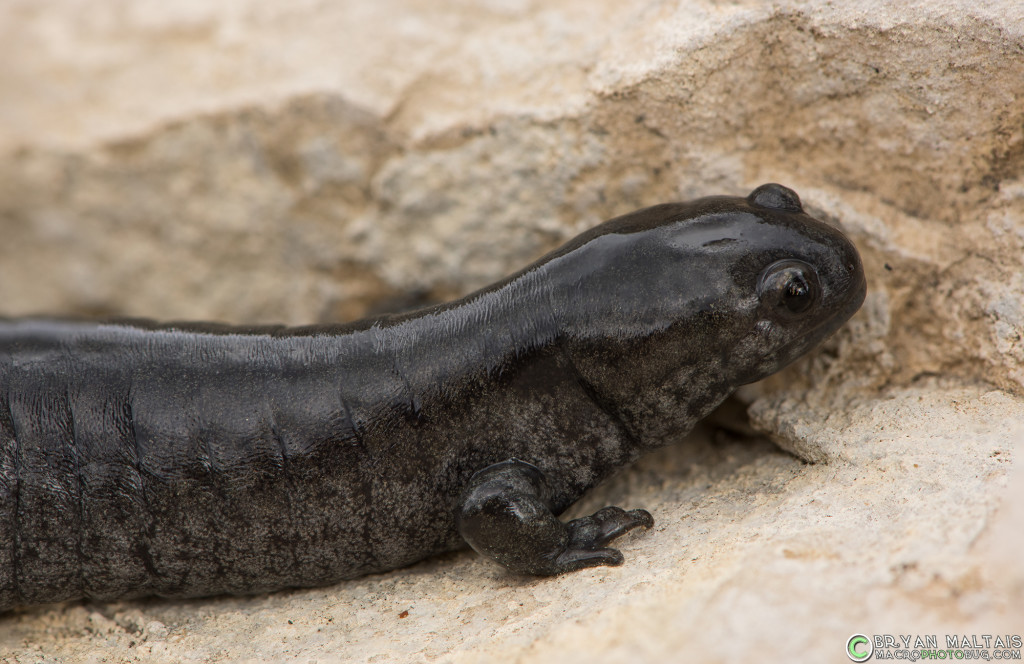
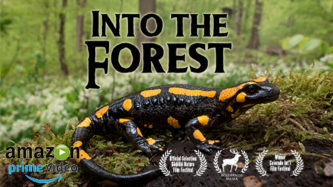


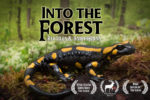
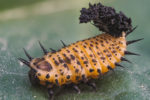
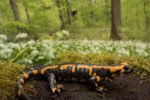
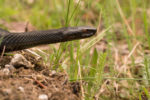
The “Wolf spider” above is actually a Dark Fishing spider- Dolomedes. 🙂
Hi Diana, Thank you, I’m still learning my spider identification, but the eye pattern of this spider seems to follow that of a wolf spider. Am I wrong?